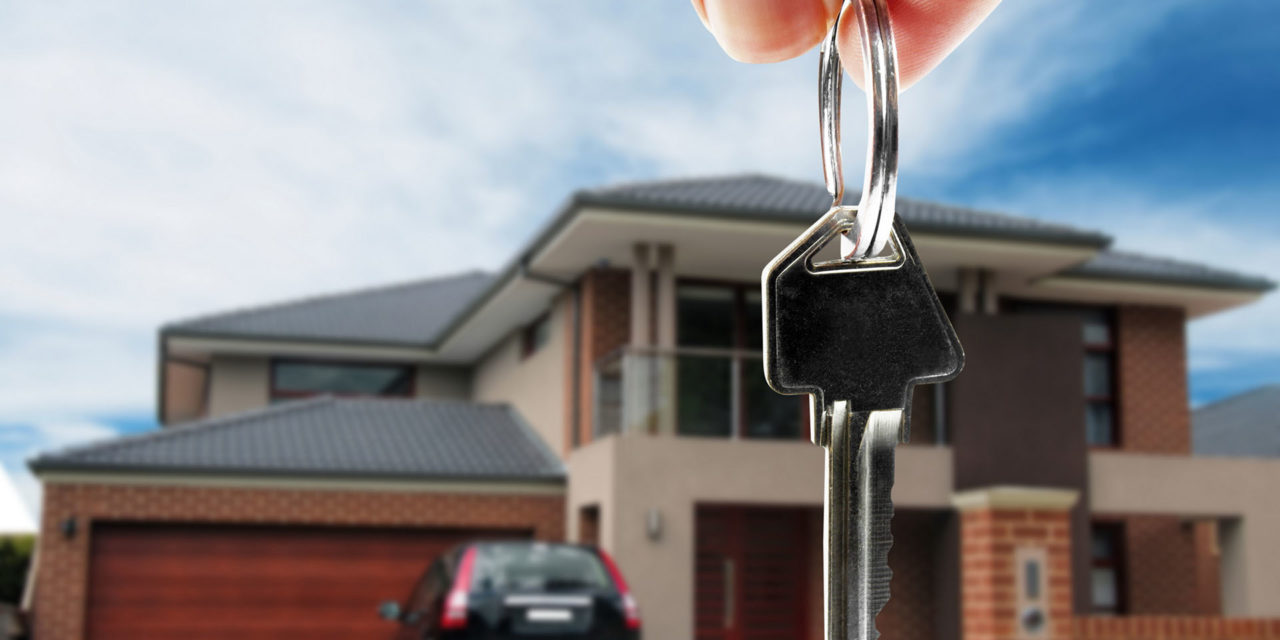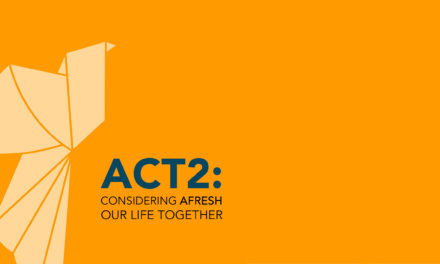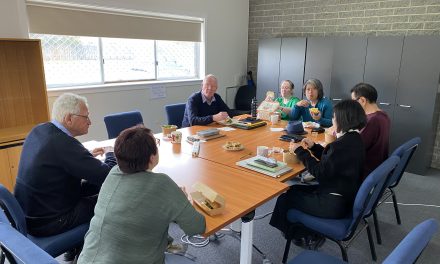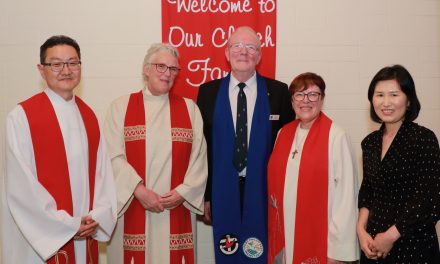Across our synod there is rapid population growth on the fringe of greater Melbourne and in regional cities and towns – including Ballarat, Bendigo, Phillip Island, Inverloch, greater Geelong, the surf coast. The rate of growth of new housing estates in our presbytery alone is mind-boggling. The Casey-Cardinia region is expected to grow by 50% in the next 20 years. The Presbytery Standing Committee, Mission and Leadership Development Committee and Presbytery Ministers team are working together to explore possibilities for mission.
When people move into a new suburb or township, they are creating a new life. They are open to new possibilities. People seek new friendships and a local community life together. They often have new jobs. They form and join sporting teams, parenting huddles, and all kinds of interest groups. They also bring family and financial challenges – it’s not all sunshine and freedom. People also bring their own richness of culture, abilities and wisdom to a community. If you’ve been to new suburbs, you’ll know that they are also often jam packed with designer-cloned homes, small yards, and little in the way of community spaces and facilities. Certainly no churches.
We believe that both the call of the gospel and the vision of our synod offer an invitation to participate in God’s mission in these places – firstly in seeking to contribute to the flourishing of human community through community development, and secondly in offering people the opportunity to experience and explore the life of faith, to know the goodness and grace of God. Community and communion.
These two emphases of fostering healthy communities and fostering growth in faith are not mutually exclusive, rather they are part of a spectrum of what we’ve termed “Christian presence.” A detailed version of this spectrum is one of the missiological tools that we’re applying to our presbytery work. [Tina Hodgett and Paul Bradbury, “Pioneering Mission is … a Spectrum” in Anvil: Journal of Theology and Mission, Vol 34: Issue 1.]
We believe that alongside the work that we are doing with our congregations, part of the call to participate in God’s mission in the world is an invitation to step out of our comfort zones and ask what the Spirit might be doing in these new estates and suburbs. To be honest, it would be easy to be consumed solely by our work with congregations. So we need to be intentional in stewarding some of our time, energy and resources towards God’s wider work in the world.
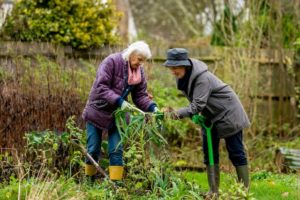 This is not about buying land and building churches – instead it is about starting with the shape of local communities and talking with the people who are literally making them. It may involve a range of partnerships, whether that is starting a Messy Church in a local primary school, partnering with another denomination in a market garden, working with Uniting in co-located services, or providing support to new residents starting home fellowships.
This is not about buying land and building churches – instead it is about starting with the shape of local communities and talking with the people who are literally making them. It may involve a range of partnerships, whether that is starting a Messy Church in a local primary school, partnering with another denomination in a market garden, working with Uniting in co-located services, or providing support to new residents starting home fellowships.
We’ve starting to learn from the mission staff of the Baptist Union of Victoria about their placemaking initiatives with one of the major housing developers. This is where the developer provides the infrastructure (for example a neighbourhood centre) and the church provides a community development worker. We’re going to visit one such project in Donnybrook in Olivine and have invited folk from Port Phillip West to join us.
We’d also like to learn from the synod staff in property services about how to talk to property developers, and to hear their thoughts about new housing estates.
 We’ve started a learning journey with with Yarra Yarra presbytery in a shared project called Mission Catalysts, to call and equip people who might provide leadership in forming new faith communities. Mat Harry and Stephen Burns from eLM have been part of those conversations. Next week we have Rev Dr Steve Taylor leading the first of two online seminars on Seeding and Sustaining New Faith Communities.
We’ve started a learning journey with with Yarra Yarra presbytery in a shared project called Mission Catalysts, to call and equip people who might provide leadership in forming new faith communities. Mat Harry and Stephen Burns from eLM have been part of those conversations. Next week we have Rev Dr Steve Taylor leading the first of two online seminars on Seeding and Sustaining New Faith Communities.
The monthly gathering of Presbytery eLM ministers is a peer learning community, and for 18 months we’ve been talking about new faith communities. There is interest from both city and rural PeMs in this work. Nigel Hanscamp from eLM is part of that ongoing conversation.
Our Mission and Leadership Development Committee (MLDC), convened by Kelly Skilton, also sees this as a learning journey. Our intercultural team see possibilities for new faith communities that don’t come with the baggage of dominance by a particular culture.
We’re not only learning from the new Census data, we’re also learning from both the Victorian State Planning Authority’s work and from the planning work of local city councils and shires.
As a presbytery we’re about to employ a short-term project worker to learn about the new estates in the Clyde region through contact and conversation, getting to know people and places. This is the first step in any community development approach.
We see this as a shared learning journey about contextual expressions of Christian community, and about the church’s participation in mission where no buildings, agencies or programs might yet exist. We believe that this is a vital exploration, and that it is better done in collaboration.
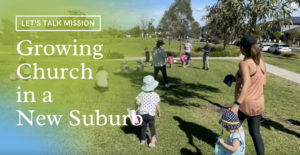 Here’s a great interview by Mat Harry with Christine Palmer who is working in a new housing area in western Sydney.
Here’s a great interview by Mat Harry with Christine Palmer who is working in a new housing area in western Sydney.
We have started conversation with Synod eLM and the Mission Resourcing Unit who have expressed interest, and also believe that they have staff who would be interested .
Census data tells us that these new communities are multicultural and younger age demographic that average. This project fits well with the synod priorities around new faith communities, and both intergenerational and intercultural ministry and mission. It expresses our commitments as a church both to seeking God’s shalom in our world and to forming disciples of Jesus Christ. We seek to be open to the Spirit’s leading as we step out in mission.
Check out this recent article from The Age about Indian migration.

